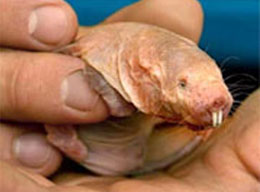Review
Here is an applet which can give you lots of practice in finding molecular weights. Just click on the "new problem" button. Use the interactive periodic table, or the paper table in your book, do the calculations, and type the answer. The applet will tell you if your answer is right. (You have to attempt an answer before you can click on "Show me").
 |
|
|---|
| 1 H 1.01 |
2 He 4.00 |
||||||||||||||||
| 3 Li 6.94 |
4 Be 9.01 |
5 B 10.81 |
6 C 12.01 |
7 N 14.01 |
8 O 16.00 |
9 F 19.00 |
10 Ne 20.18 |
||||||||||
| 11 Na 22.99 |
12 Mg 24.30 |
13 Al 26.98 |
14 Si 28.09 |
15 P 30.97 |
16 S 32.07 |
17 Cl 35.47 |
18 Ar 39.98 |
||||||||||
| 19 K 39.10 |
20 Ca 40.09 |
21 Sc 44.96 |
22 Ti 47.88 |
23 V 50.94 |
24 Cr 51.94 |
25 Mn 54.94 |
26 Fe 55.85 |
27 Co 58.93 |
28 Ni 58.69 |
29 Cu 63.55 |
30 Zn 65.39 |
31 Ga 69.72 |
32 Ge 72.61 |
33 As 74.92 |
34 Se 78.96 |
35 Br 79.90 |
36 Kr 83.80 |
To use this applet, you must have javascript turned on.
A penny weighs about 3.5 grams. IF the penny was pure copper, how many mols would that be?
mols
OR 3.5 g * 1 mol / 63.55 g = 0.055 mols
If you want a printer-friendly version of this module, you can find it here in a Microsoft Word document. This printer-friendly version should be used only to review, as it does not contain any of the interactive material, and only a skeletal version of problems solved in the module.
Copyright University of Maryland, 2007
You may link to this site for educational purposes.
Please do not copy without permission
requests/questions/feedback email: mathbench@umd.edu
